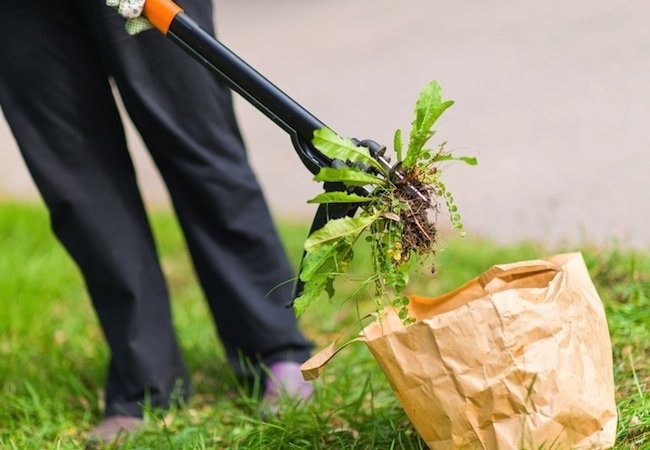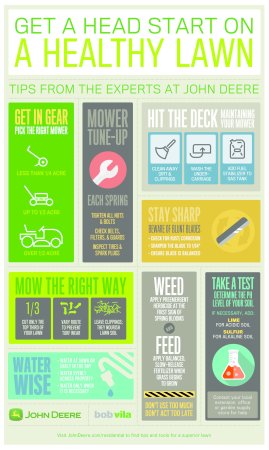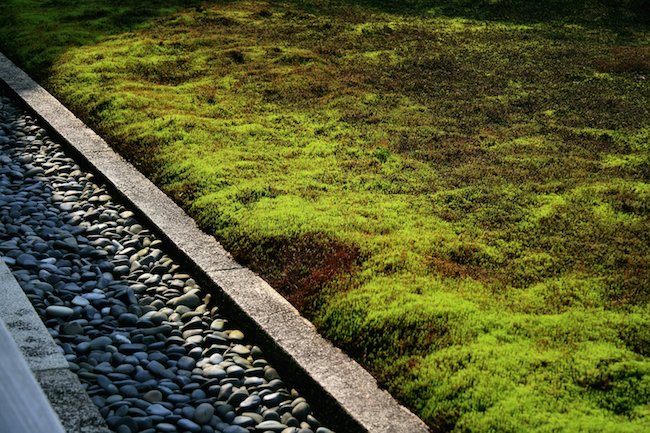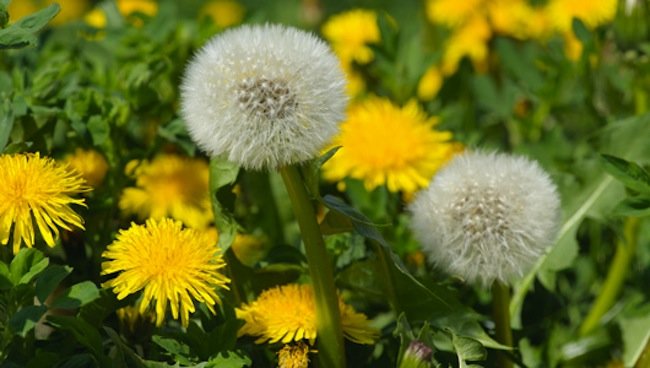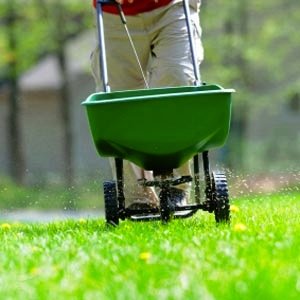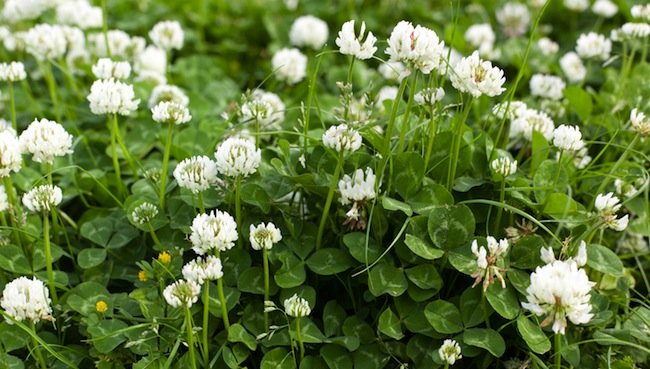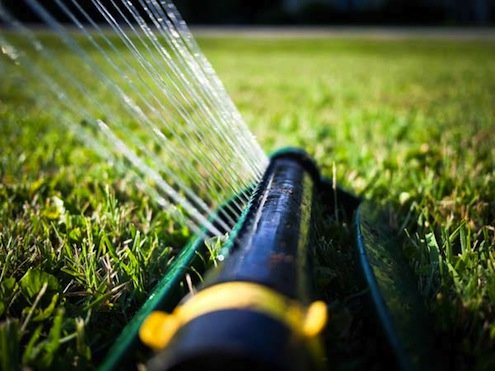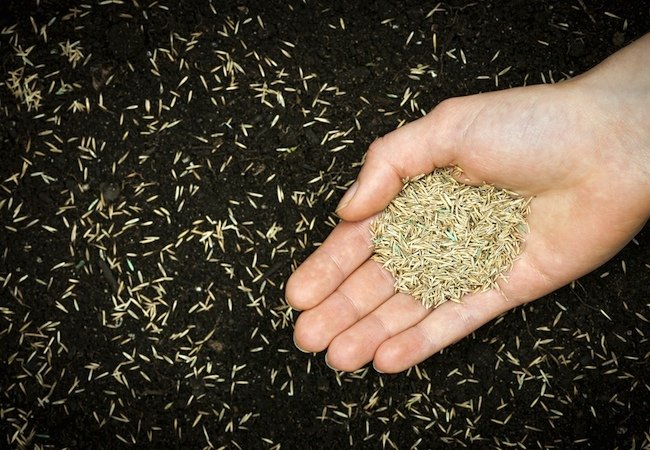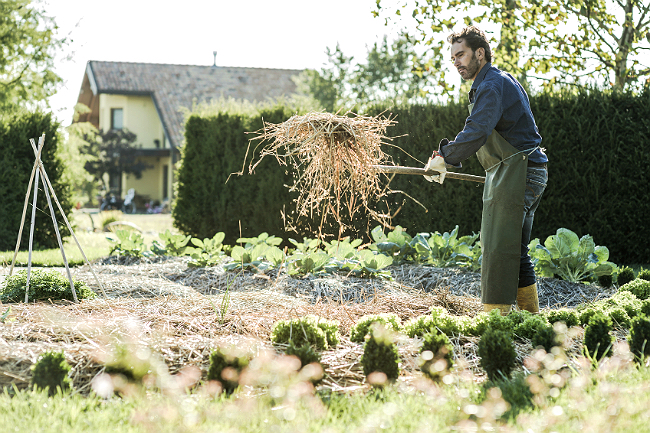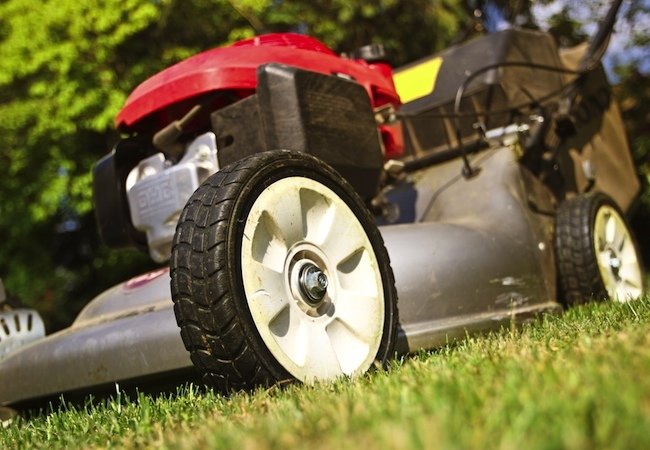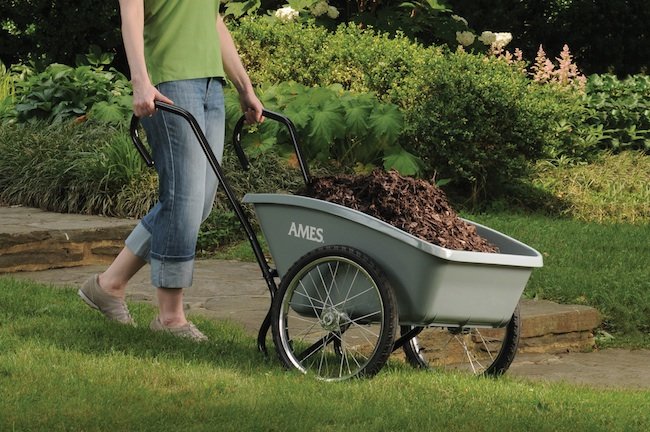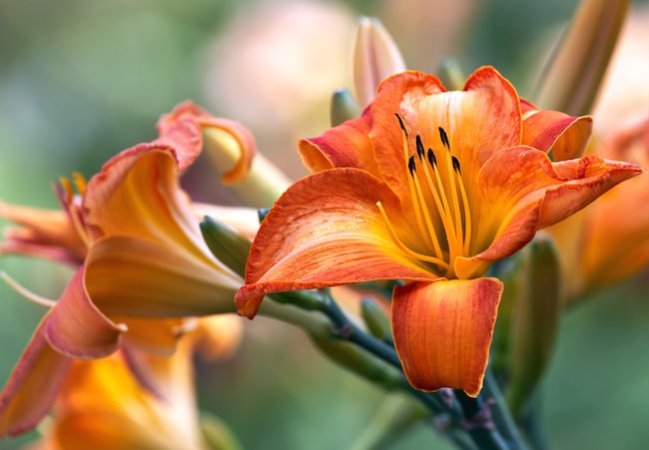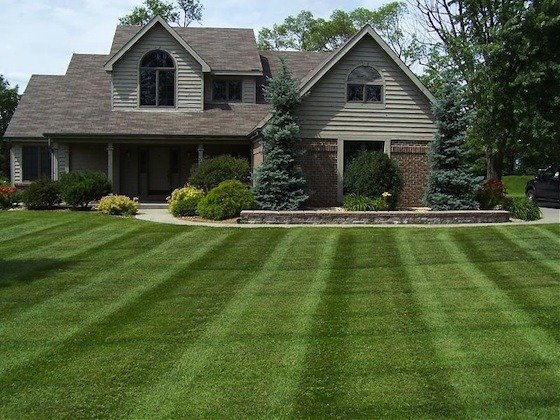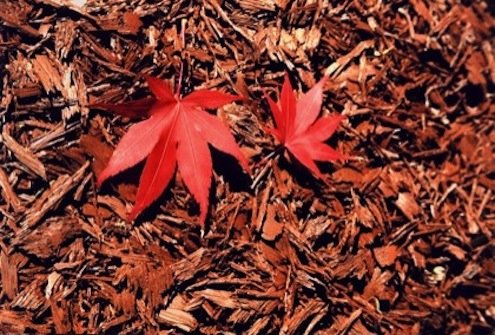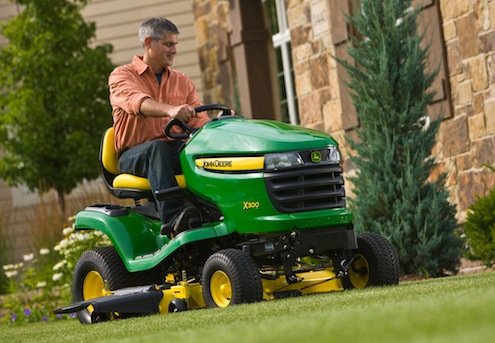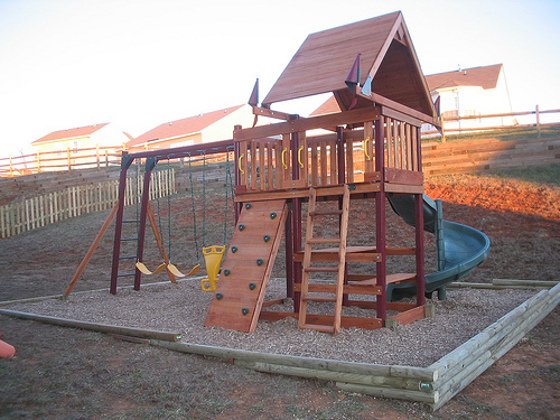We may earn revenue from the products available on this page and participate in affiliate programs. Learn More ›
If you are one of the many homeowners who labor in pursuit of the perfect lawn, then you know what a menace crabgrass can be. A true bully, crabgrass grows more quickly than—and subsequently crowds out—the Kentucky bluegrass, perennial ryegrass, or tall fescue into which you’ve invested time, money, and no small amount of sweat. It’s no easy feat, but there are proactive steps you can take to prevent crabgrass from taking hold. The most important? Applying the best crabgrass killer.
Applying Pre-Emergent Herbicide
To get rid of crabgrass and ensure that it doesn’t return, the best offense is a strong defense.
Early in the spring, when the crabgrass has all died back over the course of winter, apply a preemergent herbicide (view example on Amazon), which contains chemicals that are designed to kill weed seeds before they even sprout.
Be careful, though. Some products of this ilk kill not only weed seeds, but all seeds. Take the time to be certain you are purchasing a product that accommodates your lawn care plans.
To be absolutely sure that you’re using the most effective means of controlling crabgrass, consult your local garden supply store. Carefully explain what exactly you’re trying to achieve—specifically mention crabgrass—and ask someone at the store for the best recommendation for your situation.
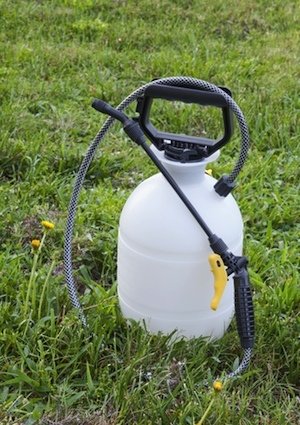
Additional Tips
While preemergent herbicides address the problem of crabgrass in a direct way, you can successfully minimize weeds simply by growing the fullest, healthiest lawn that’s within your power to cultivate. Crabgrass cannot take root on a lawn where it literally has no room to grow. That said, it’s virtually impossible to eliminate lawn weeds entirely, so if you wish to supplement your application of preemergent herbicide, try any—or a combination—of the following methods:
- Being that crabgrass has shallow roots, its growth can be curtailed by watering the lawn deeply but infrequently.
- Close-cropping the lawn leaves it vulnerable to weeds of all types; set your mower blades a few inches higher.
- There’s nothing wrong with old-fashioned weeding; make it easier on yourself by watering the lawn first.
- If crabgrass grows despite your best efforts, spray the weeds directly with a post-emergence herbicide.
If you regularly care for your lawn and give it extra attention at certain pivotal times of year, then you can maintain beautiful green grass with a minimum of imperfections. Imagine the joy you’ll feel as you proudly survey your picture-perfect lawn, the best in the neighborhood. Now quit daydreaming, and get to work!
A weed-free lawn is not the only thing that contributes to a healthy-looking yard. Giving your grass proper care in the form of regular watering or mowing is crucial as well. If you’re doing these chores incorrectly, however, you could be doing more harm than good. Take a look at the following video and learn some of the most common mowing mistakes to avoid for a healthier-looking lawn.

